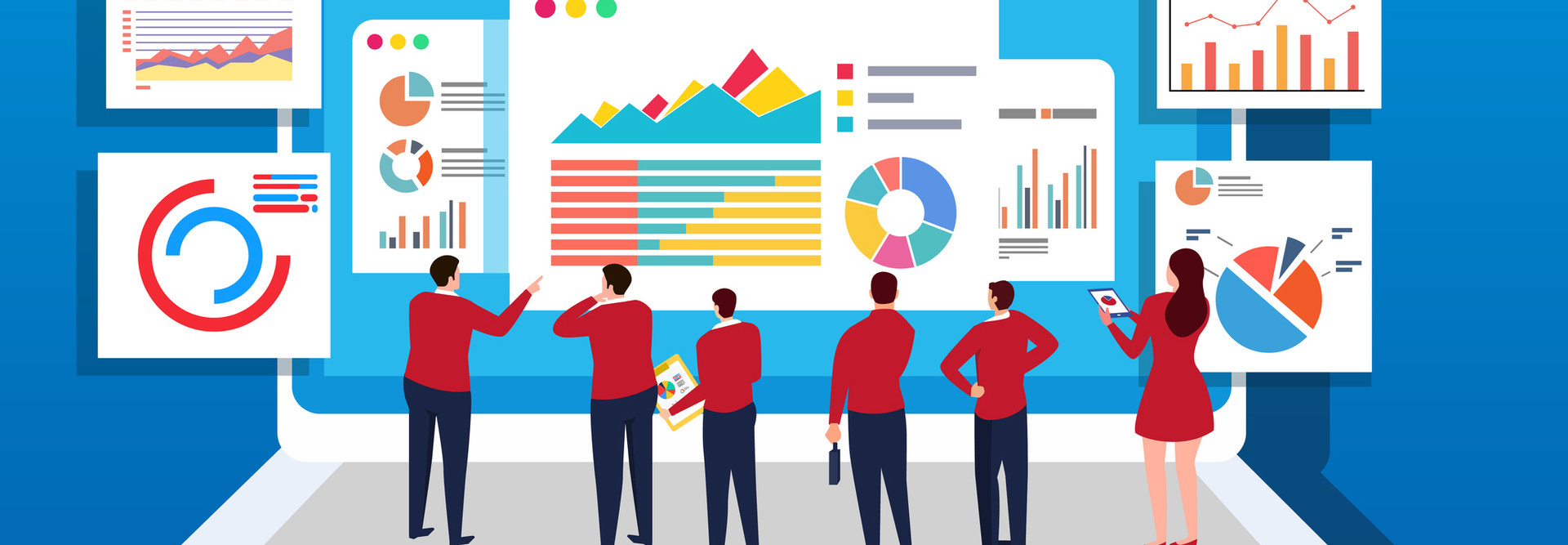3 Hurdles to Overcome in Launching Your Nonprofit Data Strategy
Organizations with mature data analytics programs have likely been at it long enough to have encountered and overcome the most common setbacks. But nonprofits that are just starting to explore these resources may still be figuring out how to launch a successful data initiative. They’re not alone. One researcher, Kathleen Kelly Janus, found that even though 75 percent of nonprofits gather data, only 6 percent say they are putting that data to good use.
Data-driven insights can be one of the most powerful tools out there for a nonprofit that wants to make better decisions, gain efficiencies and showcase results. Yet developing a successful data program is not without challenges. It helps to be aware of common obstacles and plan from the outset to address them. That way, leaders won’t be stalled by unexpected challenges, and promising initiatives are less likely to get derailed.
MORE FROM BIZTECH: See how data analytics can benefit nonprofits.
1. Build a Data-Driven Culture Around Sharing and Transparency
Nonprofit leaders may be surprised to discover that one of the biggest hurdles has nothing to do with software or logistics, but instead may arise from culture and personality.
In many organizations, power and authority are closely associated with information: Who knows what? How do they know it, and when? This can be especially true in an organization that relies heavily on data to drive key initiatives, such as fundraising or strategic planning. Those who know the most are often in the driver’s seat and, understandably, want to stay there.
Unfortunately, that can lead to data hoarding, or a reluctance to open up these valuable troves of information to others. Individuals’ motivations may be laudable: They are passionately committed to the nonprofit’s mission and want to ensure that data is used in the best way. Someone who fears losing control over data may really be concerned about losing the ability to manage how the data is used.
The Brooklyn-based digital agency Whole Whale, which caters to social impact clients, has a term for this: “the data fiefdom.” Founder and CEO George Weiner calls out five sure signs that an organization may be suffering from one, including a leader who restricts others’ access to data, a reluctance to build up staff skills in data operations and a siloed approach in which data insights are rarely shared or communicated.
The overarching solution that Weiner offers is simple yet powerful: transparency. He recommends that organizations increase communication, grow the data skills of staff and enlist help from a knowledgeable data analyst who has a voice on the management team. In cases where hiring a data pro full-time is not feasible, Wiremedia recommends at least engaging an outside consultant who can provide training.
2. Map Out Logistics to Identify and Overcome Data Silos
Collecting data is important, but it’s just the first step. To be incorporated effectively into decision-making and analytics, data also must be cohesive and consistent. One of the biggest potential pitfalls is the existence of silos, or the segregation and isolation of data within a department, an individual or even a particular software program. Whatever the causes, data silos limit the ability to see, share and leverage data effectively.
The Data Maturity Framework from the University of Chicago’s Center for Data Science and Public Policy can help nonprofits think through the details that can create silos, such as where data is stored and what is collected. Materials include a readiness questionnaire and survey, a data and technology readiness matrix, and an organizational readiness matrix.
3. Ensure the Nonprofit Measures the Right Outcomes
The power of data lies in its ability to help nonprofits answer questions and to yield insights that can spark new questions. Yet staff may be unsure what insights they are looking for, particularly if they are new to data analytics.
Another issue is that organizations may not be measuring the outcomes that support data-driven decision-making. Janus, who lectures in Stanford University’s Program on Social Entrepreneurship, gives the example of an organization that reported a huge number of website visits — seemingly, a success. But, she points out, that number said nothing at all about the nonprofit’s impact.
Even when nonprofits do measure intended outcomes, these may not capture the bigger picture that the organization’s mission is designed to support. One example from data design expert Marcy Rye is that of a homeless shelter that can say exactly how many individuals seek shelter each night, but may struggle to determine whether this support is facilitating other positive outcomes.
Examples like these demonstrate the importance of thinking carefully about what an organization wants to measure and how to build those data collection points into routine processes.
Data-driven decision-making has many benefits, including the ability to give nonprofit leaders confidence that they are marshaling scarce resources in the best possible way. By being thoughtful and strategic when creating a data analytics program, nonprofits can set themselves up for success.










